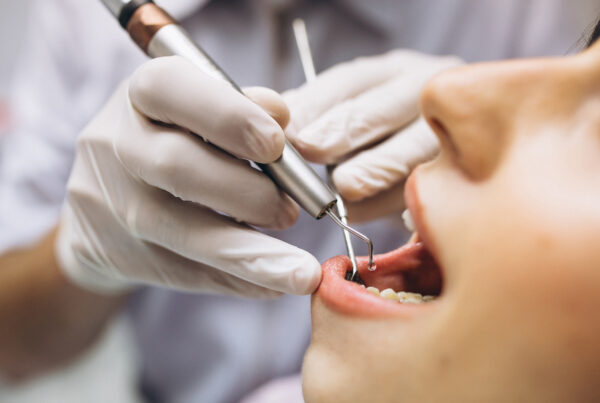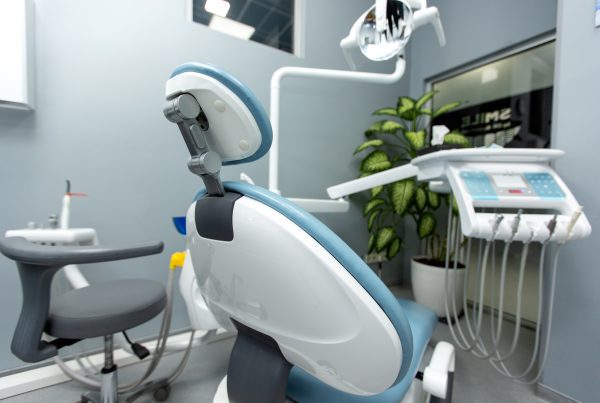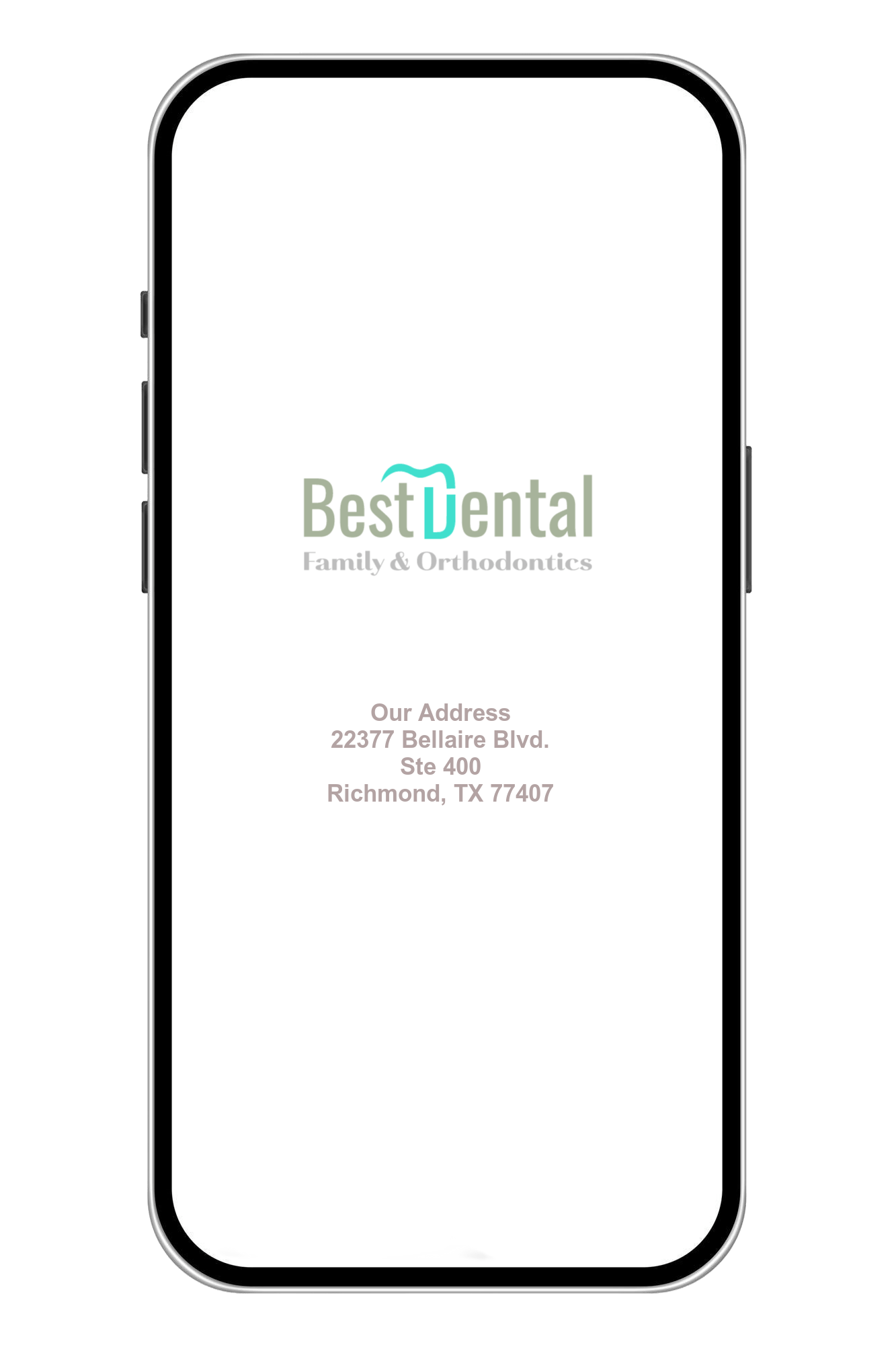My Dentist Couldn't Extract My Tooth
When it comes to dental health, a common concern that many people face is the need to have a tooth extracted. This procedure is often performed by dentists to alleviate pain, prevent infection, or make way for orthodontic treatments. However, there are instances when a dentist encounters challenges in removing a tooth. Such situations can be both frustrating and worrisome for the patient, as well as for the dentist. In this article, we will explore the reasons why a dentist might have difficulty extracting a tooth, the various factors involved, and potential solutions to this dental dilemma. Understanding the complexities of tooth extraction can shed light on the importance of proper dental care and the expertise required in the field of dentistry.

What are the common reasons for a dentist encountering difficulty in extracting a tooth?
Several factors can contribute to the challenge a dentist might face when attempting to extract a tooth. Firstly, the position and orientation of the tooth can greatly impact the ease of extraction. Teeth that are impacted, meaning they have not fully erupted or are positioned in a way that makes them hard to reach, can be particularly difficult to extract. Additionally, the presence of extensive tooth decay, which weakens the structural integrity of the tooth, can make it more prone to breaking during the extraction process. Furthermore, the root structure of the tooth, including the shape, size, and curvature, can pose obstacles, especially if the roots are unusually long, curved, or have multiple branches. Lastly, factors such as previous dental treatments, like root canals or crowns, or the presence of underlying medical conditions can also contribute to the complexity of the extraction, making it challenging for the dentist to successfully remove the tooth.
How does the complexity of the tooth’s anatomy affect the extraction process?
The intricate anatomy of a tooth can significantly impact the complexity of the extraction process. Teeth consist of multiple layers, including enamel, dentin, and pulp, each with its own unique characteristics and vulnerabilities. The roots of the tooth can have varying shapes and lengths, with some exhibiting significant curvature or multiple branches. This complex root structure can make it challenging for the dentist to thoroughly remove the entire tooth, potentially leaving fragments behind. Moreover, the proximity of the tooth to surrounding vital structures such as nerves, blood vessels, and sinuses requires careful maneuvering during the extraction to prevent damage and minimize the risk of complications. Understanding and navigating the intricate anatomy of the tooth is essential for a successful and safe extraction procedure.


What are some potential complications that may arise during a tooth extraction procedure?
Several potential complications can arise during a tooth extraction procedure, causing challenges for both the dentist and the patient. One common complication is the fracturing of the tooth, especially when the tooth is already weakened due to decay or trauma. This can lead to difficulties in removing the entire tooth and may necessitate additional surgical maneuvers for complete extraction. Excessive bleeding is another possible complication, particularly in patients with certain medical conditions or those taking blood-thinning medications. Nerve damage is yet another concern, especially when extracting teeth located near major nerves, which could result in temporary or permanent numbness or tingling in the surrounding areas. Additionally, complications such as infection, dry socket, or damage to neighboring teeth or bone can occur, emphasizing the need for meticulous care and precision during the extraction process.
How does the condition of the surrounding tissues and bones impact the ease of tooth removal?
The condition of the surrounding tissues and bones plays a crucial role in determining the ease of tooth removal during an extraction procedure. Healthy, robust gum tissue provides adequate support and cushioning, facilitating the extraction process. However, in cases where the gum tissue is inflamed, infected, or damaged, it can impede access to the tooth and increase the risk of complications during extraction. Similarly, the density and strength of the surrounding jawbone are essential for providing stability and resistance during the extraction. In situations where the bone is weakened due to conditions such as periodontal disease or osteoporosis, the tooth may be less firmly anchored, but the extraction process can be more challenging due to reduced structural support. Evaluating the health and integrity of the surrounding tissues and bones is crucial for anticipating potential difficulties and ensuring a successful tooth extraction procedure.


How does the patient’s overall dental health and medical history play a role in the difficulty of tooth extraction?
The patient’s overall dental health and medical history significantly influence the complexity of a tooth extraction procedure. Poor dental health, characterized by extensive decay, gum disease, or previous dental treatments, can compromise the structural integrity of the tooth and surrounding tissues, making the extraction process more challenging. Additionally, a history of certain medical conditions, such as diabetes or autoimmune disorders, can affect the body’s ability to heal and increase the risk of post-operative complications. Certain medications, such as blood thinners, can also contribute to excessive bleeding during the extraction. Furthermore, a history of radiation therapy to the head or neck region can lead to changes in the bone structure, making the extraction more intricate. A comprehensive understanding of the patient’s dental health and medical background is crucial for anticipating potential complications and tailoring the extraction approach to ensure the patient’s safety and well-being.



